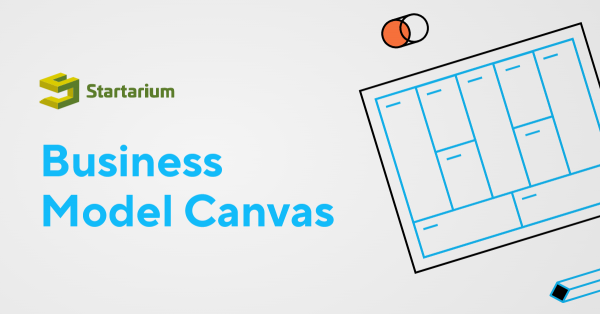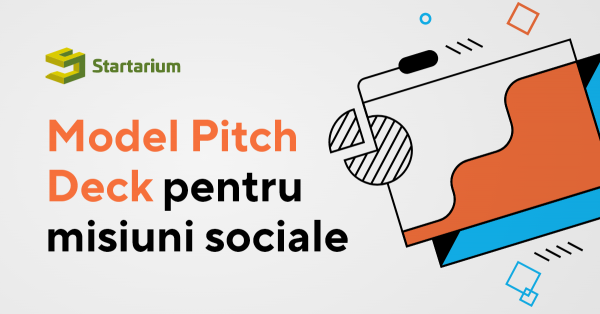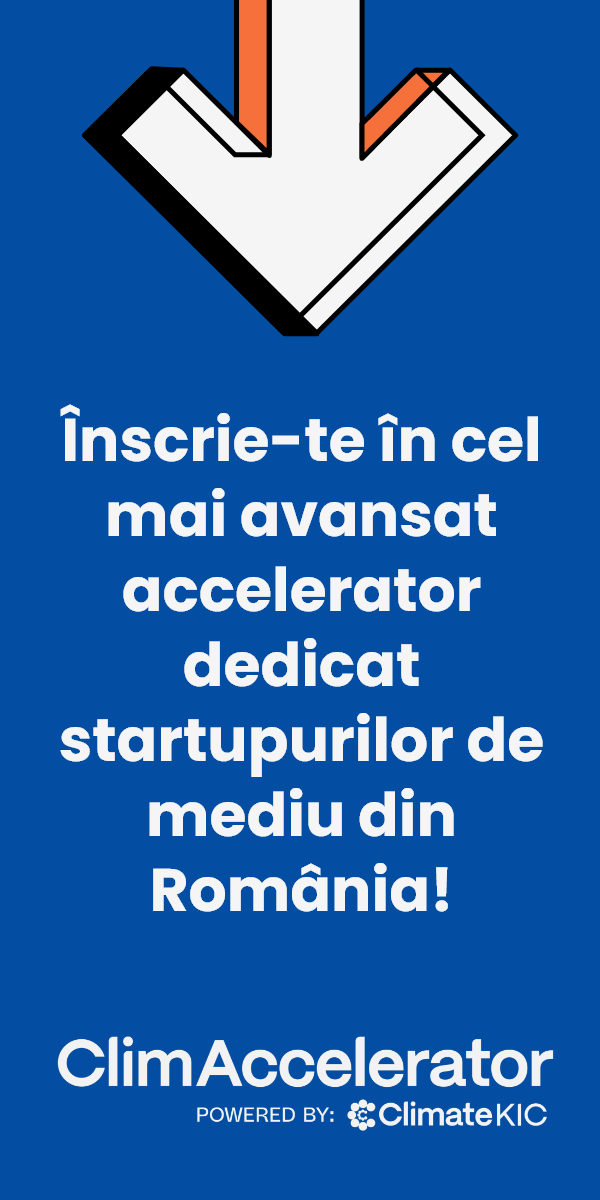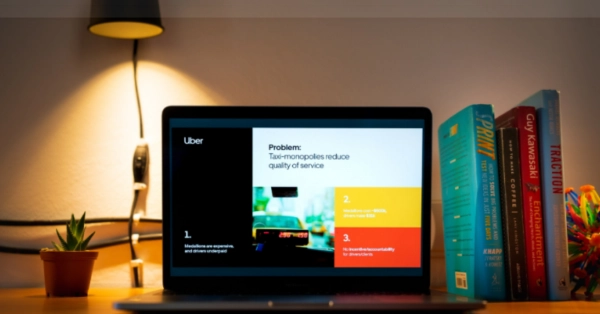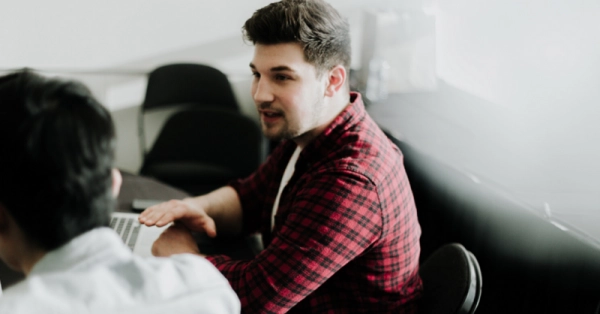Creative interventions bring together very diverse perspectives and energies. If you are curious about their impact, here are a few insights into the process from people who actually experimented with them:

Let us start with 2 significant quotes from the Creative Clash Report “Artistic interventions in organizations: Finding evidence of values‐added” (by Ariane Berthoin Antal and Anke Strauß Berthoin Antal, Ariane & Strauß, Anke (2013), Berlin: WZB) of a project coordinator and an artist involved in some artistic interventions.
A project coordinator in Denmark observed: “The artistic processes are extremely relevant to the manner in which tasks are performed in a knowledge‐based company. I think that this form of exercise is far more useful than a survival course. The artistic processes offer a unique opportunity to enhance personal and social competencies, such as cooperation, communication, creativity, and the ability to think and act innovatively during periods of change.” (Artlab 2009: 8).
An artist explained: “Working together in artistic interventions cannot be reduced to harmonious agreement: creative resistance ignites energy and sparks ideas.” (Berthoin Antal 2013b: 111).
A study on artistic interventions in Belgian companies reported that “A side effect is that an art project contributes to a company's reputation and brand awareness. The evaluation we did clearly shows that the introduction of art projects is an excellent basis for the stimulation of creativity and innovation in a company.” (van den Broeck, Cools and Maenhout 2008: 586).
As these examples show, artistic interventions have many advantages for both organizations and artists, but it is crucial that they are well planned and coordinated.
First steps: Exploring the needs & challenges of the employer and organization
The very first step is to design the principles, concepts, processes, results, and impact of your creative intervention based on the needs/challenges of the employer starting from an effective interaction, analysis and understanding of the employer context. You begin by identifying the needs/challenges of the employer so that you can address these with your creative intervention.
If you observe and get to know the organisation, the roles and the contexts, you will be able to:
- understand the type of organization and its operational environment
- get acquainted with organizational practice including work processes, innovation development, internal and external communications, and so on
- plan and deliver a customer and needs-based creative intervention project
You might ask yourself: “Why do I need to do this?”
This is important because the employer and the employees have to feel confident that you know your field, as an artist or a creative professional and that you have something of quality and relevance to offer to them. They must know that you acknowledge and respect their work and organizational culture, that you are capable of seeing through structures and patterns, that you are reliable, and that you can handle the translation from your artistic home base to that of the organizational home base and vice versa.
In short: each employer and their staff need to know that you see them, listen to them and respect them as individual people and also collectively as an organization.
Whether you already have an employer or you are creating your project to be submitted to an organization, you firstly need to “study” it, to explore and know the business activity.
Most importantly, you need to be aware of the benefits and solutions you can offer:
- creativity, artistic processes, and/or creative/artworks that may contribute to (or trigger) innovation processes in non-profit, private, and public organizations, develop new approaches and attitudes to work, address conflicts or issues and increase employee engagement. In other words, improving their wellbeing;
- non-business skills;
- visibility, branding, public relations, and communication opportunities (associating the business with the arts may have a positive effect on its image among employees and/or the public, help the company to promote its products/services, give the business the opportunity to reach new customers etc.);
- new forms of expressing the company’s commitment to current societal issues;
- learning environments where the company’s employees can perfect their skills;
- contexts/activities that increase the welfare of the company’s staff.
Some of the most common problems that most organisations encounter and need to overcome may be related to:
- miscommunication
- interpersonal conflicts
- deficiencies in leadership
- improper delegation
- resistance to collaboration
- stifled innovation
- aversion to risk
- avoidance of responsibility
- passivity
- damaged confidence
- lack of focus
- dysfunctional relationships
- conflicting values
- mistrust and disrespect
- challenges in customer relationships
The situations arising from these problems usually result in outright blocks for the organization, which face difficulties in:
- internationalizing
- innovating their products, services, processes, and technologies
- becoming more ethical and socially responsible by understanding employees’ problems and needs in order to generate a quality working environment, networking with partner employers
- recovering from bankruptcy, which results in critical emotional issues in organizations related to such events
- managing time and resources effectively
Obviously, an organization might face only one or a combination of these problems or different ones.
It often happens that business owners, managers, and employees do not realize and/or are not aware of these problems or they do not know the causes due to their direct involvement with their work, working relationships, and working environment. This prevents them from developing an overview of the current situation to formulate a more emotionally detached and less historically referenced vision.
Well, that is when you as a creative or artist can provide essential help: your creative, fresh, and neutral perspective will open up an alternative analysis with potential solutions that can be materialized in your creative intervention.
Daniel W. Rasmus (author of Listening to the Future, a strategist who helps clients put their future in context) stated that “Innovation is more poetry than science” because innovation is generated by external visions rather than experts in specific fields!
Second step: Exploring your needs as a creative and artist
Investigate and set your mission
You will be able to set the mission of your creative intervention if you investigate and learn about problems and challenges that business owners, employees, and employers have to face, which will help you to be acquainted with the most common problems related to:
Communication:
- lack of dialogue among employees and managers or business owners between different departments
- static website pages, social media and networks
- lack of feedback and daily meetings
- lack of staff training for effective communication
Innovation:
- difficulties in bringing innovative processes into the organisation such as those dealing with customer satisfaction
- making connections with local and international markets
- sharing ideas and creating new challenges.
Productivity:
- need to improve time management
- lack of effective teamwork
- disorganization or poor systems
- quality of the product, lack of flexibility and knowledge of the product, and the services offered
Customer relationships:
- losing existing customers on one hand and difficulty in finding, targeting, and obtaining new customers on the other
- poor customer service and decrease in customer satisfaction
- bad management or resolution of customer complaints
- inability to gain customers’ loyalty
Match competences and challenges
If you match competencies and challenges, you will understand how to apply your creative and artistic competencies in an organizational environment that presents frames and cultures different from the world of arts and creativity. You will understand that each organization uses different principles, different patterns of interaction, communication, motifs, matters, targets, and success criteria.
You can face and overcome this challenge by applying your personal competencies and drivers, such as:
- courage and curiosity of the unknown
- creativity, openness, and flexibility
- human values and ethics
- urge to express and communicate
- empathy and respect
- ability to engage and motivate others
Learn how to learn
Learn about some straightforward learning processes, such as:
- Listen - observe - understand
- Do it - learn - reflect
- Bite-sized chunks
These processes will enable you to operate as a learner and a trouble-shooter:
- Communication and listening skills as well as the ability to interface between artistic language and business language is a crucial competence.
- Active listening skills will enable you to handle different types of personalities, motivation triggers and opportunities for collaboration.
- Being interested in observation will enable you to apply artistic inquiry to the organizational reality and challenges. You will be able to challenge or comment upon what you perceive in close collaboration with the members of the organization.
- By analyzing and reflecting on what you have learned, you will be able to understand the needs and the culture of the organization and consequently develop and describe your Creative intervention project.
A possible extra “help” for you
Alongside the business owners, employers, and their staff, you might have the opportunity to work together with “brokers”, facilitators, or matchmakers as mediators, who manage the different skills, roles, and expectations. In short, the role of a broker within your creative intervention planning and realization consists in:
- Understanding the needs and the opportunities of the employer
- Understanding changes in society
- Understanding your artistic profile and driving forces
- Mapping the motivations and the expectations of you, the business owner, managers er and staff
- Managing the push phases and the pull phases of the process
- Designing new spaces of the relationship between artists/creatives and business owners, managers, and staff
- Stimulating the interaction and supporting the process
- Promoting research
- Ensuring the evaluation of various impacts
- Matching business owners and managers with artists/creatives to develop joint projects
- Reflecting on experience and sharing the learning in and between employers
- Managing the organizational level, the team level, the individual level
- Ensuring that the artist/creative is provoking, sense-making and engaging the staff
- Thinking out of the box
- Continuously redefining the perimeter of the action
Share Ideas and Feedback
Share ideas, get feedback from people involved, and always interact with them before, during, and after your creative intervention in order to know:
- how to empower business owners, managers and give a voice to employees, acknowledge their experiences, strengths, and needs
- how to give and receive feedback constructively
In a nutshell, there are six key steps of the process allowing you to ideate, plan and carry out your creative intervention.
Key steps to ideate, plan and carry out a creative intervention









